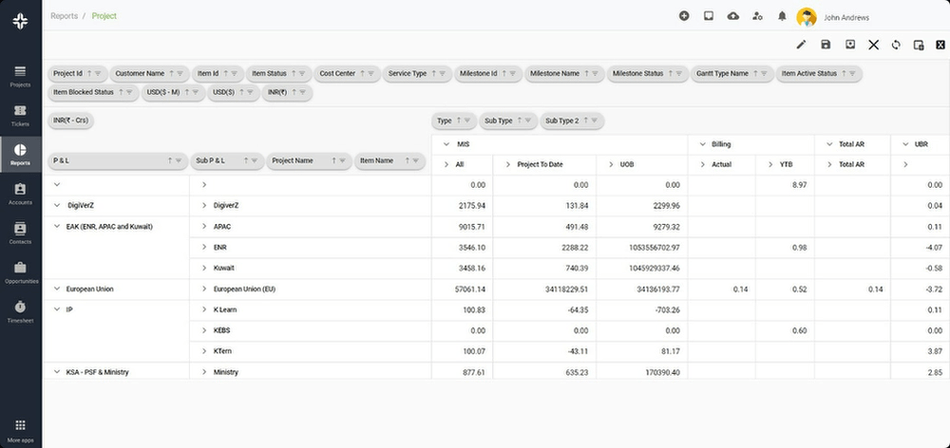Home » PSApedia
Project change request rejection rate
Manage Change Request Rejections Effectively with Our Solutions.

What is Project Change Request Rejection Rate?
In the realm of project management, change is inevitable. The Project Change Request Rejection Rate is a metric that quantifies the number of change requests that are declined or rejected in comparison to the total number of requests made.
This metric provides insights into the flexibility and adaptability of a project, as well as the efficiency of the change management process.
Importance of Project Change Request Rejection Rate
Understanding the rejection rate is crucial for several reasons:
1. Quality Assurance: A high rejection rate might indicate that many change requests are not aligned with the project’s objectives or quality standards.
2. Efficiency: It can highlight inefficiencies in the change request process. Perhaps requests are not being communicated clearly or are not well-justified.
3. Stakeholder Satisfaction: A consistently high rejection rate can lead to stakeholder dissatisfaction, as their needs and concerns might not be adequately addressed.
4. Resource Management: Efficiently managing change requests can lead to better resource allocation and forecasting, ensuring that projects remain on track and within budget.

Importance of Project Change Request Rejection Rate
Calculating the Rejection Rate
Formula:
Rejection Rate = (Number of Rejected Change Requests / Total Number of Change Requests) × 100
Example:
Let’s say a project received 50 change requests in a month, out of which 10 were rejected.
Rejection Rate=(10/50)×100=20%
This means 20% of the change requests were rejected.
Difference Between Rejection Rate and Other Metrics
While the Project Change Request Rejection Rate focuses on declined changes, there are other metrics in project management that offer different insights:
1. Approval Rate: This is the opposite of the rejection rate, highlighting the percentage of change requests that are approved.
2. Change Frequency: Measures how often changes are requested, indicating the volatility of project requirements.
3. Change Impact: Assesses the significance of the approved changes on the project’s scope, timeline, and resources. For more on managing project impacts, consider this guide on Gantt charts.
| Metric | Definition | Key Differences from Rejection Rate |
|---|---|---|
| Rejection Rate | The percentage of project proposals or tasks rejected by clients or managers. | Specific to client rejection, indicating a project’s viability. |
| Utilization Rate | The percentage of time employees spend on billable tasks compared to their available work hours. | Measures workforce efficiency, not client acceptance. |
| Billable Utilization | The percentage of time spent on billable tasks compared to total work hours. | Focuses on productive work, excluding non-billable tasks. |
| Project Profitability | The measure of a project’s financial success, considering revenue, costs, and profit margin. | Evaluates financial outcomes rather than client decisions. |
How is the Rejection Rate Used?
The rejection rate serves multiple purposes:
1. Performance Analysis: Teams can evaluate their performance in managing and addressing change requests.
2. Process Improvement: Identifying bottlenecks or inefficiencies in the change request process, leading to more streamlined operations.
3. Stakeholder Communication: By understanding the reasons behind rejections, project managers can communicate more effectively with stakeholders, setting clear expectations and justifying decisions.
4. Risk Management: A high rejection rate can be a risk indicator, signaling potential issues in project alignment, stakeholder engagement, or scope management.
Ready to Optimize Your Rejection Rate?
KEBS, a leading Professional Service Automation (PSA) software, offers tools to efficiently manage change requests, ensuring that they align with project objectives and stakeholder expectations. With KEBS, Streamline the submission, review, and approval processes.
Facilitate better communication between teams and stakeholders, reducing misunderstandings and ensuring that change requests are well-justified. Utilize analytics to understand the reasons behind rejections, allowing for continuous improvement in the change management process. Seamlessly integrate change management with other aspects of your project, from resource management to financial management.

KEBS Project Management
Ready to optimize your project change request process? Contact KEBS or request a demo today!



